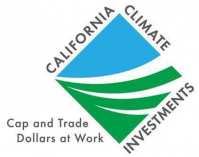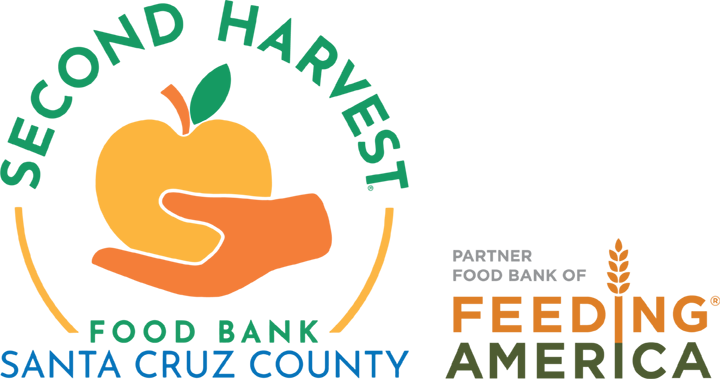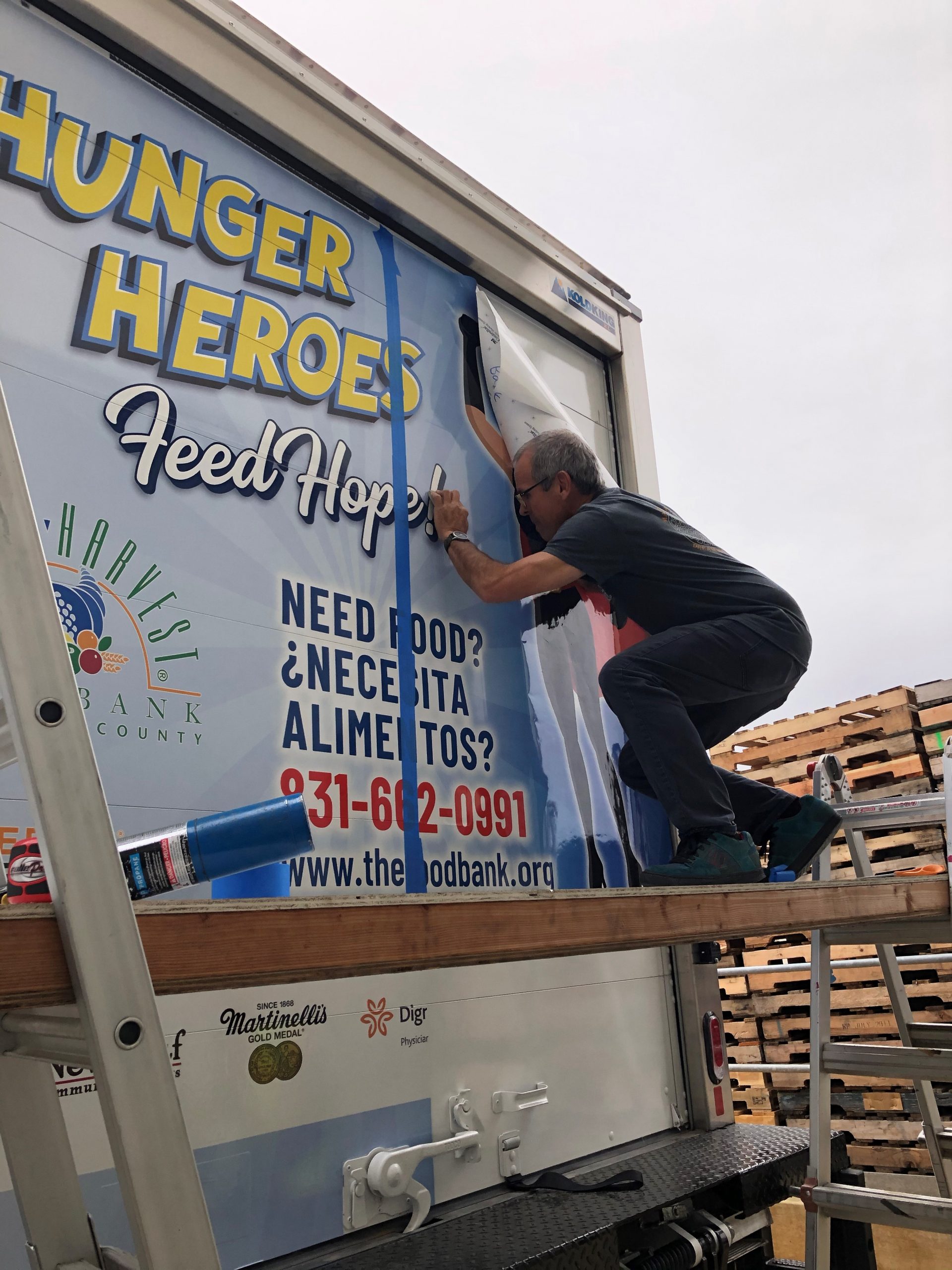 Second Harvest Food Bank is grateful for the CalRecycle funding that came through in 2019 to help fund a new refrigerator truck, a forklift, support positions, and some long overdue new white food bins. These items were funded by a grant from the Department of Resources Recycling and Recovery (CalRecycle) through California Climate Investments. The project is helping the food bank increase capacity to meet the extraordinary food needs resulting from the pandemic, local wildfires, and struggling economy, while also keeping greenhouse gasses out of the atmosphere.
Second Harvest Food Bank is grateful for the CalRecycle funding that came through in 2019 to help fund a new refrigerator truck, a forklift, support positions, and some long overdue new white food bins. These items were funded by a grant from the Department of Resources Recycling and Recovery (CalRecycle) through California Climate Investments. The project is helping the food bank increase capacity to meet the extraordinary food needs resulting from the pandemic, local wildfires, and struggling economy, while also keeping greenhouse gasses out of the atmosphere.
We have turned grocery rescue into a sustained food sourcing effort that is both keeping edible foods out of local landfills and helping Second Harvest provide foods for Santa Cruz County. With infrastructure funded by CalRecycle, in 2020 we collected and rescued a total of 1,574,770 pounds of edible foods from local landfills which provided 1,259,816 additional meals to Santa Cruz County. In addition to support services, we also purchased a new refrigerated truck to increase ability to move foods around the county, a forklift to increase the efficiency in our warehouse, and 100 new food bins that we use for collecting, sorting, and distributing of foods to our partner agencies. Our goal is our ability to maintain the necessary food safety cold chain as we move rescue foods around Santa Cruz County. In addition to collecting food for Second Harvest distribution, we also helped our network of partner agencies build new relationships with their nearest retailers and improved food safety training for our partners.  This grant is part of California Climate Investments, a statewide program that puts billions of Cap-and-Trade dollars to work reducing GHG emissions, strengthening the economy, and improving public health and the environment– particularly in disadvantaged communities. The Cap-and-Trade program also creates a financial incentive for industries to invest in clean technologies and develop innovative ways to reduce pollution. California Climate Investments projects include affordable housing, renewable energy, public transportation, zeroemission vehicles, environmental restoration, more sustainable agriculture, recycling, and much more. At least 35 percent of these investments are located within and benefiting residents of disadvantaged communities, low-income communities, and low-income households across California. For more information, visit the California Climate Investments website at: http://www.caclimateinvestments.ca.gov Thank you Mitch from Freedom Signs for wrapping the new refrigerator truck! Keeping it local!
This grant is part of California Climate Investments, a statewide program that puts billions of Cap-and-Trade dollars to work reducing GHG emissions, strengthening the economy, and improving public health and the environment– particularly in disadvantaged communities. The Cap-and-Trade program also creates a financial incentive for industries to invest in clean technologies and develop innovative ways to reduce pollution. California Climate Investments projects include affordable housing, renewable energy, public transportation, zeroemission vehicles, environmental restoration, more sustainable agriculture, recycling, and much more. At least 35 percent of these investments are located within and benefiting residents of disadvantaged communities, low-income communities, and low-income households across California. For more information, visit the California Climate Investments website at: http://www.caclimateinvestments.ca.gov Thank you Mitch from Freedom Signs for wrapping the new refrigerator truck! Keeping it local!

